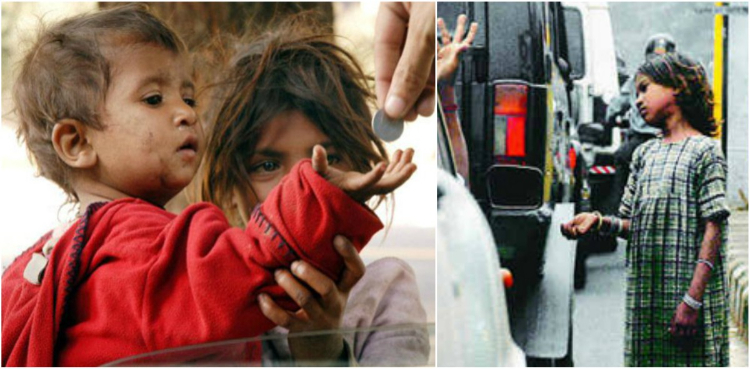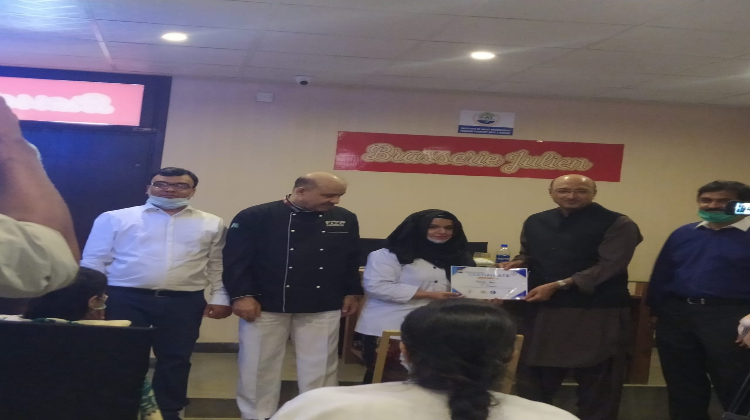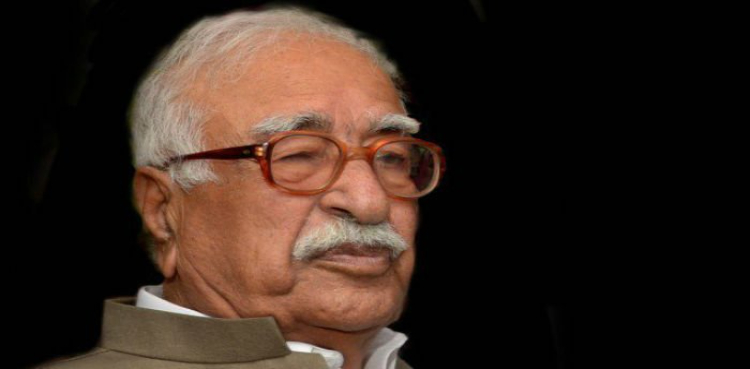Coronavirus pandemic is seen easing significantly in some parts of Europe but getting worse in India and Russia.
Amid pressure to reopen in the United States — only a slight drop is seen in reported daily new cases — as tens of millions have lost their jobs in the worst economic downturn since the Great Depression.
While people around the world started taking advantage of an easing in lockdowns to enjoy the outdoors, health experts warned of a potential second wave of infections unless testing is expanded dramatically.
But in India, new infections have been rising rapidly. The lockdown of the country’s 1.3 billion people was extended two more weeks, but with some measures relaxed, as reported cases reached 42,000 with nearly 1,400 deaths. In New Delhi, a designated hot spot where many restrictions remained, construction workers, Uber drivers and self-employed people such as housekeepers returned to work.
India air force helicopters showered flower petals on hospitals in several cities to thank doctors, nurses and police at the forefront of the battle against the pandemic.
And in Russia, new reported cases exceeded 10,000 for the first time, bringing total cases to about 135,000 with nearly 1,300 deaths.
In some good news, New Zealand reported no new cases on Monday, marking a significant moment that indicated the country’s bold strategy of trying to eliminate the virus was working.
Prime Minister Jacinda Ardern said she would talk to her Australian counterpart Scott Morrison and other top Australian lawmakers on Tuesday about the idea of restarting travel between the two countries.
In Britain, Prime Minister Boris Johnson said he got so sick from the coronavirus that doctors had discussed what to say if he had died.
Johnson has been under pressure to reveal how the country will lift its lockdown. The restrictions are due to last through Thursday, but with hundreds of deaths still being reported daily, it’s unclear how the country can safely loosen the restrictions.
The US continues to see tens of thousands of new infections each day. The nation’s nursing homes — faced with 20,000 coronavirus deaths and counting — were pushing back against a potential flood of lawsuits with a sweeping lobbying effort.
At a virtual town on hall Sunday night, President Donald Trump acknowledged some Americans were worried about getting sick while others were concerned about losing jobs.
Though the administration’s handling of the pandemic, particularly the ability to conduct widespread testing, has come under criticism, the president defended the response and said the nation was ready to begin reopening.
China, which reported just three new cases on Monday, has seen a surge in visitors to tourist spots newly reopened ahead of a five-day holiday that runs through on Tuesday. Nearly 1.7 million people visited Beijing parks on the first two days of the holiday, and Shanghai’s main tourist spots welcomed more than one million visitors, according to Chinese media. Many spots limited daily visitors to 30 per cent of capacity.
Another potentially troubling sign emerged in Afghanistan’s capital of Kabul, where a third of 500 people tested randomly were positive.
Governments have reported 3.5m infections and more than 247,000 deaths, including more than 67,000 dead in the US, according to a count by Johns Hopkins University. Deliberately concealed outbreaks, low testing rates and the severe strain the disease has placed on health care systems mean the true scale of the pandemic is undoubtedly much greater.
















































